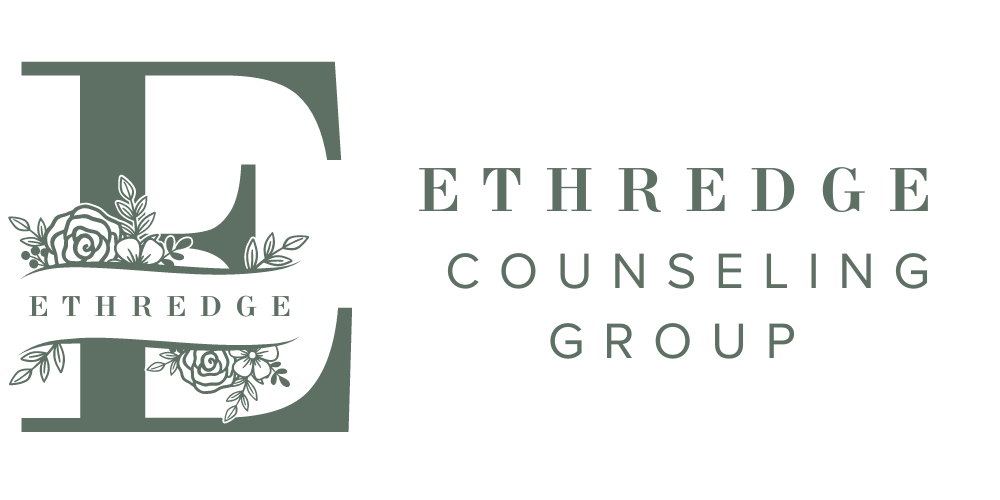Healing Through Writing: Creative Coping, pt II
Creative writing has some exceptionally therapeutic opportunities.
Writing provides an immediate release for our overwhelming and assuming thoughts and emotions.
Releasing and identifying the words of your distress, joy, sadness, anger, pain, or insights allows you to be mindful of what your internal world is telling you instead of allowing it to overcome you.
It also provides you an outlet so that the intensity of your internal world doesn’t have to be repressed or “bottled up.”
Writing outlets include journaling, poetry, short story or screenplay writing, and more.
1) Journaling:
The act of journaling offers many benefits including having a regular outlet for overwhelming thoughts, emotions, or anxieties as well as a self-reflective element. Especially if you know your journal is kept private it offers a perfect and safe space for you to write or express anything that you’ve been keeping in or have felt too afraid or ashamed to say out loud. It’s very common to only resort to journaling when you’re feeling overwhelmed as a form of release but it has more potential to be beneficial if it’s integrated as more of a routine practice. Writing about your day as a form of tracking events is helpful but being intentional about expressing or exploring your emotions that came up that day or writing about your past can be most beneficial. It’s also a wonderful tool to write out your raw thoughts that you would like to express to someone but you know it may be a little harsh or not as well received because anger is overwhelming. In that case, journaling about it first can help clear out some of the excess anger and organize your thoughts and feelings so that you can better express your frustrations, anger, needs, or boundaries more clearly.
Journaling prompt for feeling overwhelmed:
What’s happened/ happening? (i.e., sequential events and your response- what are you afraid of, hurt \ by, angry about etc)
What thoughts are rushing in? (what are you believing about yourself, the world, or other Parties? (I can’t trust this person anymore, I feel like I can’t do anything right)
What emotion do you feel? (I’m overwhelmed with anger and disgust, how could someone do this? I feel so defeated and heartbroken, I can’t imagine my life without this person) (look at feelings wheel
What are you doing now in response: I’m going to eat dinner and snuggle with my dog
What can you hope for the future: (I will find someone else, I will find happiness again)
What’s two positive things you believe about yourself?
Journaling prompts for your routine journaling:
What are you grateful for in your life?
What are your curiosities about how your life could have turned out differently?
What are the moments in your life or attributes about yourself that you’re most proud of?
What emotions do you have the most difficulty connecting with and why? (look at feelings wheel)
Explore more about visual journaling through collage in this blog: Growth Through Reconstruction-Creative Coping, Part 3
2) Poetry:
Poetry is the flowing river of creative writing. The rhythmic quality and hidden meanings and metaphors creates fluid and wide open space for mental and emotional expression with limited restraints. Therefore, practicing poetry is a great outlet for exploring topics, emotions, or experiences that feel overwhelming or difficult to get in touch with on your own.
A Haiku for emotions:
Format Prompt:
My ___ (emotion) is _____ (one syllable word for color or sound)
Like _____ (name of city, a place, or a household item), ____and____ (2 descriptive adjectives) loud and flashing
It helps me ______ (two words)
Haiku Example:
My anger is red
Like Hong Kong, loud and flashing
It helps me know me
My grief is quiet
Like coffee, still and daily
It helps me hold on
My love is pure pink
Like my porch swing, light and free
It helps me know you
3) Short Stories:
Writing short stories offer a wonderful sense of distance to explore themes, situations, emotions, or hardships in your own life. It offers endless creative opportunities as you create settings and characters. As well as, potential for personal growth by exploring themes and coming up with your own resolutions or endings.
How to get started with a short story:
Who are your characters? What are their strengths and weaknesses? What do they look like? (Choose some characteristics to represent different parts of you: ex: someone sarcastic, someone depressed, someone joyful, someone always confused)
Where is the setting of your story? What is the culture, atmosphere, and sensual qualities?
What are the themes of the story? (ex. Grief, shame, isolation, misunderstandings, etc.)
What is the climax and resolution of your story?
Get to writing! You may surprise yourself with what you come up with!
If you live in South Carolina and are interested in mental health counseling, you can schedule a 20min free consultation with a licensed professional counselor by following the link below!


